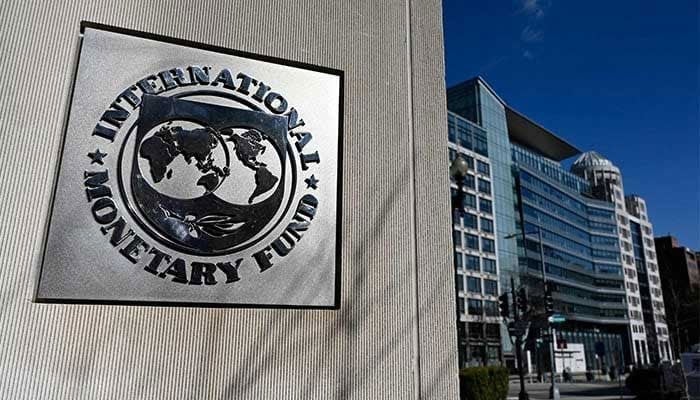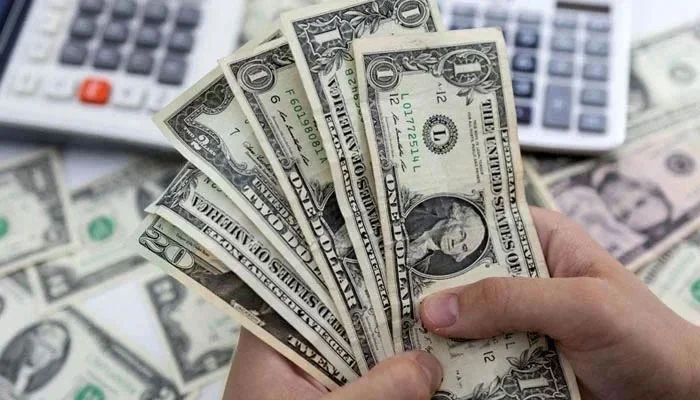KARACHI/ISLAMABAD: June 4, 2025 —
The Pakistan Stock Exchange (PSX) soared to an all-time high on Tuesday, buoyed by investor optimism following the release of the Economic Survey and anticipation of reform-centric fiscal measures unveiled in the federal budget 2025–26.
The benchmark KSE-100 Index closed at a historic 122,024.44 points, gaining 383.44 points or 0.32% from the pre-Eid closing level. The index touched an intraday high of 122,611.53, reflecting bullish sentiment driven by promising economic data and pro-market budget expectations.
“Stocks surged on the back of record Rs17.6 trillion budget outlay, strong global oil prices, and optimism over energy sector reforms,” said Ahsan Mehanti, CEO of Arif Habib Commodities. He added that investor confidence was further boosted by government signals to resolve the Rs2 trillion gas circular debt crisis and possible industrial tariff rationalisation.
Earlier, the Economic Survey for FY2024–25 showed Pakistan’s GDP growth at 2.7%, inflation easing to 4.6%, and exports rising 7%. IT exports reached $2.8 billion, with freelancers contributing $400 million. A current account surplus of $1.9 billion and a 26% jump in revenue collection also underscored improving macroeconomic stability.
Budget 2025–26: Fiscal Discipline Anchored in IMF Framework
Finance Minister Muhammad Aurangzeb presented the Rs17.573 trillion federal budget in the National Assembly, calling it a “budget of practical wisdom” aimed at transforming Pakistan into a competitive and self-reliant economy.
Key fiscal targets include:
-
GDP Growth: 4.2%
-
Fiscal Deficit: 3.9% of GDP (Rs5.037 trillion)
-
Primary Surplus: Rs3.17 trillion (2.4% of GDP)
-
Inflation Forecast: 7.5%
-
Current Account Deficit: $2.1 billion
The budget sets the Federal Board of Revenue (FBR) a revenue target of Rs14.13 trillion—an 18.7% increase—while non-tax revenue is projected at Rs5.147 trillion. The government aims to raise Rs1.16 trillion in additional revenue through new levies and broader tax enforcement.
Tax Reforms & Relief Measures
-
Salaried Class: Income tax slabs revised downward, offering significant relief to middle-income earners.
-
Corporate Sector: Super tax reduced by 0.5% for firms earning Rs200–500 million.
-
E-commerce: Sales tax doubled to 2% for non-active taxpayers.
-
High-Income Retirees: 5% tax on pensions exceeding Rs10 million for those under 70.
-
Broader Tax Base: New 18% GST on previously exempt solar panels and small cars under 850cc.
-
Carbon Tax: Rs2.5/litre imposed on fuel, set to double in FY27.
Aurangzeb also announced an end to the filer–non-filer distinction, linking major financial transactions—such as bank account openings and vehicle purchases—to tax return filings.
Spending Priorities
-
Public Debt Servicing: Rs8.2 trillion (↓8% YoY)
-
Defence: Rs2.55 trillion (+17.1%)
-
Power Subsidies: Rs1.2 trillion
-
Pensions: Rs1.05 trillion
-
Federal Development (PSDP): Rs1 trillion
-
Benazir Income Support Programme (BISP): Rs716 billion (+21%)
-
Salaries & Pensions: 10% and 7% hikes respectively
Industrial Support & Customs Reforms
To boost manufacturing and exports, the government slashed customs duties on key inputs:
-
Raw material for steel: 15% → 10%
-
Textile machinery and pharma ingredients: Duty reduced to 0% and 5%
-
Auto CKDs and engines: Reduced to 15% and 5%
-
Oil exploration equipment: 10% duty
Tax exemptions for erstwhile FATA/PATA industries are being phased out, while agriculture inputs like fertilizer and pesticides remain exempt.
Outlook
With a consolidated reform roadmap and renewed IMF alignment, Pakistan is targeting sustained macroeconomic stability and investor confidence. The PSX’s 50.2% surge over the past fiscal year reflects that momentum, as the market continues to outperform global peers with strong corporate earnings and positive economic signals.




